VAK MODEL OF LEARNING
What is the VAK model of learning?
The VAK learning style uses the three main sensory receivers: Visual, Auditory, and Kinesthetic (movement) to determine the dominant learning style
VAK allows individuals to clearly define the most suitable learning style. VAK model of learning is very important, helping individuals improve academic achievement in any environment.
VISUAL LEARNERS
CHARACTERISTICS:
– Enjoys learning and memorizing information by reading words, using images.
– Read quickly, or in a few moments, memorizing the details.
– Decorative tendencies, neat layout, harmonious colors
– Likes to sit at the front desk in the classroom.
METHODS :
FOR LEARNERS:
– Should focus on thinking by pictures, and learn by illustrations; parents should provide children with picture books, movies, videos, content summary sheets.
– You need to see the teacher’s body language and their facial expressions in order to focus and absorb knowledge more effectively.
– Should sit above the classroom to avoid objects blocking the view such as human heads, or too far away from the board, teacher.
Use different fonts, bold and underline concepts, or use colors and crayons when making notes or highlighting important points in the text.
FOR INSTRUCTIONS – TEACHERS:
– Use many pictures, colors, charts, pictures, props, … to illustrate in the process of transmitting knowledge.
– Should use lively and impressive facial expressions and body language in teaching.
– Instruct students to use the THINKING GRAPHICS to learn quickly and stick in your mind.
AUDITORY LEARNERS
CHARACTERISTICS:
– Likes to learn and memorize information through listening to sounds and words than reading.
– Sensitive to sound, easy to be distracted by noise
– Often reads text aloud or expresses ideas verbally.
– Likes to use intonation, pressing when expressing
METHODS:
FOR THE STUDENT:
– You need to study in a quiet environment. Avoid noises such as loud music, movement and activity of people around you.
– It is recommended to read aloud and review with others by repeating verbally many times.
– Facilitate group learning and discussion, exchange of opinions of friends in spoken language. Use language analysis and storytelling to prove your point.
– Use your index finger to track text to avoid skipping words or lines, and practice writing skills to record key content.
FOR INSTRUCTORS, TEACHERS:
– Prioritize lectures, talk, share directly instead of emailing and writing letters.
– Use different words, sounds, and voices to create newness and attractiveness in the teaching process
KINAESTHETIC LEARNERS
CHARACTERISTICS:
-Enjoys learning and memorizing information by touch, practice, and experience.
– Prefer to lie on the floor to study.
– It’s easy to lose focus when learning to sit for a long time.
-Likes to illustrate and express ideas through body language
METHODS:
FOR THE STUDENT:
-Learn well through practice, experience, observation.
-Enhance the practice of subjects, optimal use of tools.
-Allocate reasonable study time with rest, breaks, relaxation, avoid long-term study.
-Learn in groups, participate in discussions, solve situational exercises, participate in trips.
FOR INSTRUCTORS, TEACHERS:
– Using practical methods, group discussions, role-play in lectures. Teaching by giving students a chance to be practiced, heard sounds and watched pictures.
– Arrange the time for school to take a break (between 2 lessons).
– Create a lively atmosphere during class. Motivated by applause…
